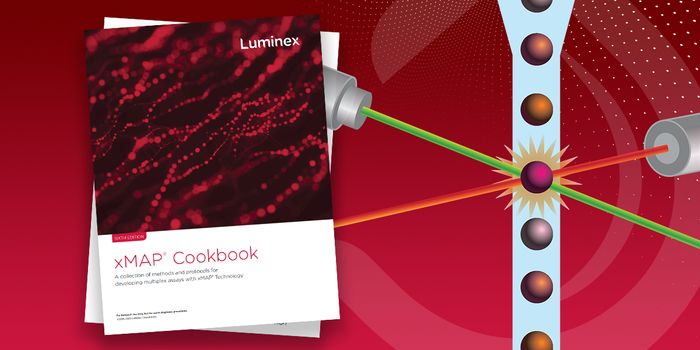Nanoparticles Act Like Platelets to Stop Bleeding
Researchers have created nanoparticles that mimic the effects of blood platelets to stop heavy bleeding.
Biomedical engineer and research lead, Anirban Sen Gupta, said: “This is the next step in artificial-platelet technology, and it’s truly a critical advance.” The team deployed their nanotechnology innovation to create a wound ‘plug’ that quickly stemmed bleeding after a traumatic injury. On top of that, the nanoparticles supported the stabilization of the clot, a key molecular event required to minimize blood loss.
Coagulation—or blood clotting—is triggered by the rupture of a blood vessel and is characterized by a cascade of molecular events culminating in the blood changing from liquid to a gel-like clot. This process is orchestrated by platelets, tiny blood cells in the circulation that activate and clump up when they recognize damaged blood vessels.
Sen Gupta and colleagues have been hunting for potentially life-saving artificial platelets to respond to trauma, bleeding disorders, and inflammation. Their search, which has taken the better part of a decade, has culminated in the development of platelet-mimicking procoagulant nanoparticles, or PPNs.
The research was featured in the journal Science Translational Medicine.
Physicians routinely administer platelet transfusions to patients experiencing bleeding complications from trauma, surgery, or genetic clotting disorders such as hemophilia. To keep up with the demand, an estimated 2 million platelet units from healthy donors are required yearly. The problem is that the supply doesn’t always line up with the demand, a problem exacerbated by donor platelets’ short shelf lives (of around a week) and their risk of contamination.
This urgent clinical need has spurred Sen Gupta and other scientists to identify synthetic alternatives capable of performing similar biological functions.
In their study, the scientists report some vital ways in which PPNs may represent a viable alternative to donor platelets. In experimental models, these nanoparticles were found to sense and accumulate at the site of an injury. They also amplified the formation of fibrin, a net-like protein structure that is important for reinforcing clot structure. Together, PPNs substantially reduced bleeding and improved survival in rat and mouse models of traumatic hemorrhage.
On a positive note, the researchers didn’t observe any dangerous side effects such as off-target blood clots in these animals.
The research was funded in part by a $2.1 million grant from the National Institutes of Health (NIH) to create next-generation artificial platelets.









